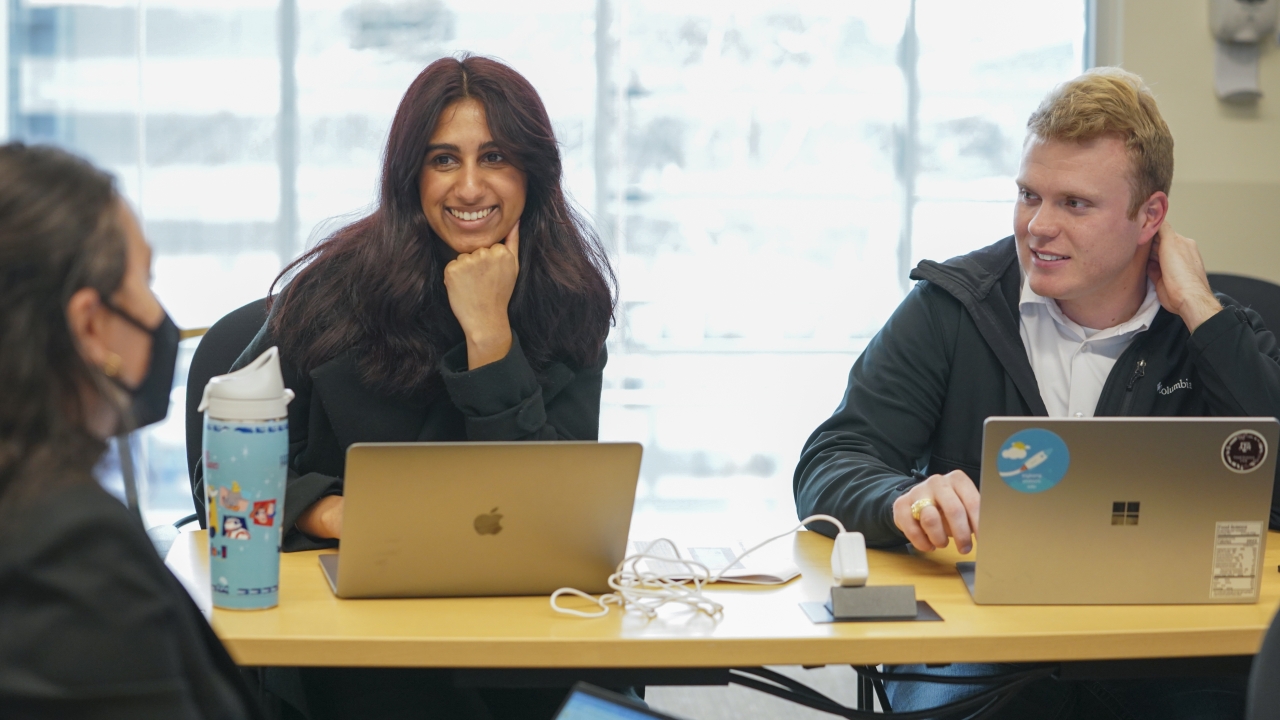
Applying to Jobs & Internships in 3 Easy Steps
Spring quarter is here, and many students are applying to internships and summer jobs. Applying for positions can feel daunting, but the steps below can provide students with an outline to get started on their search. It’s also a great time to take advantage of the Internship and Career Center services (ICC), including resume/cover letter review and advising appointments with our career advisors.
Step 1: Utilize Online Job Boards
Submitting applications online is often the step students are most familiar with, but the ICC can help as students explore the process of searching for job titles or companies related to their interests. We suggest using a variety of job boards, such as Handshake, LinkedIn and Indeed. Students can also look for industry-specific job boards related to their industry of choice (examples include usajobs.gov for Federal Government positions, agcareers.com for Agricultural positions, etc). As students get started in their search, they may want to review our Handshake Profile Checklist. Both Handshake and LinkedIn have a variety of filters to find jobs and offer a “save your search” feature that will notify/email students as jobs are posted that fit within their search criteria, making the search process more streamlined. Here is one of our YouTube videos with some general tips for utilizing online job boards.
Step 2: Target Company Webpages
Applying to jobs through job boards is a great start, but not all companies post their positions on such sites. We recommend that students research companies within their field and make a “target employer list” for companies of interest and check the individual company webpages frequently. These sites can usually be found on the employer homepages and are listed under categories like “Careers”, “Employment”, “Opportunities”, etc. Students can research companies that have attended our Internship & Career Fairs and can also look for professional organizations in their field of interest, which often include boards for discipline-specific job listings (examples include American Society for Civil Engineers, American Waterworks Association, American Society of Landscape Architects, etc). Using a blend of strategies such as searching online job boards and company webpages will lead to a more robust list of results.
Step 3: Networking
Networking is a great way to make connections and learn about professional roles and opportunities. One technique for networking is called an informational interview, which can be a great way to learn about a particular role or field. Making these connections can sometimes directly lead to job opportunities! We have networking resources to help students get started, such as sample introductions/elevator pitch scripts, sample questions to consider asking, and short networking videos on our YouTube channel. Another valuable technique for networking with professionals and UC Davis alumni in their fields of interest is to use LinkedIn. For students just getting started on that platform, we have a LinkedIn Profile Checklist. Alumni connections can be particularly useful when starting out with networking, and LinkedIn has a tool for finding UC Davis alumni that students can search by job title, graduation year, company, and more!
These are some general strategies to think about as your student gets started on the job and internship search. We recommend using multiple avenues to search and apply for positions: online job boards, targeting company webpages, and networking. By using these three steps, they will learn about their field of interest and make progress in their applications! If they need any help along the way, please encourage them to visit the Internship and Career Center.
